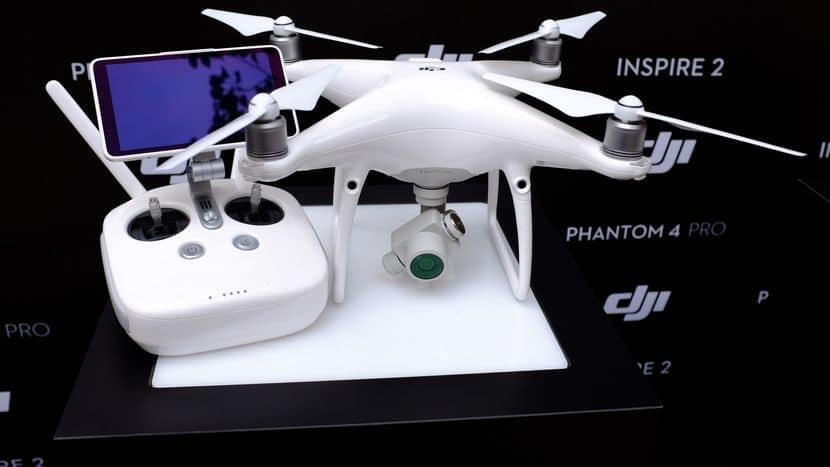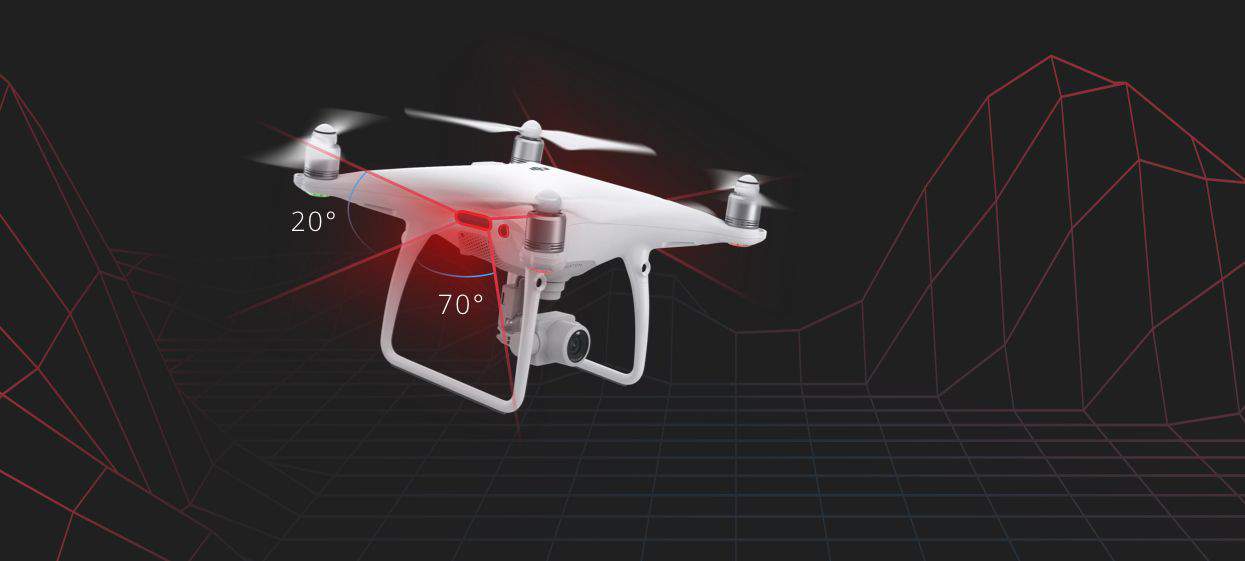Table of Contents
amazon Drone DJI Phantom 4 Pro reviews
Design
Reaching almost the same design of Phantom 4, there is not much to say about the formality of Phantom 4 Pro. After all, the design of the Phantom 4 is quite complete and launched less than a year, so design changes are completely unnecessary.
Flight performance and battery life
Using the same lifting and electronics system with Phantom 4, the Phantom 4 Pro has the same flying performance similar to its predecessor. Hand-operated controls are very well reconstructed on the aircraft, one of the elements that has long been known for the DJI. Just a little practice is that the flyer was able to wriggle pretty well even in the narrow space. Hover modes, no matter what the operating balance, ensure the stability and reliability of the flycam in both indoor and outdoor situations.
The battery life of the Phantom 4 Pro is also improved compared to its predecessor. The improvement in battery life comes mainly from the fact that the DJI increases the battery capacity of Phantom 4 Pro by 10% compared to Phantom 4 (5870mah compared to 5350mah). DJI’s announced flight time is 30 minutes but our actual test is probably closer to 25-26 minutes. Compared to Phantom 4 (published 28 minutes, actual flight time is 23-24 minutes), the improvement in flight time is not significant. Fortunately, despite the increase in battery capacity, the size and control circuitry of the Phantom 4 Pro battery is identical to the Phantom 4, which allows users to purchase Phantom 4 batteries for use with the Phantom 4 Pro.
Avoid obstacles and new smart flight modes
One of the changes highlighted by DJI in Phantom 4 Pro is the addition of two infrared sensors on the sides and a pair of dual cameras on the back to enhance the anti-obstruction feature. If in the Phantom 4 pairs of dual cameras in front of the plane only help identify and brake itself when the obstruction in the front, the Phantom 4 Pro can sense things in five directions (front, rear, left, Right and bottom).
Unfortunately, in reality, reusability is not theoretical. Typically, two Phantom 4 Pro infrared sensors on the side of the Phantom 4 Pro work in only two modes: Beginner Mode (no longer than 30m) and Tripod Mode (limited to turtles crawling below 6Km / h). Phantom 4 Pro’s front and rear sensors work well but are only useful in bright conditions. In the dusk test at about 5-6 pm, Phantom 4 Pro has difficulty determining the distance to the obstacle so the flight attendant should pay close attention.
Side sensors are only enabled in Beginner Mode and Tripod Mode, which is almost useless in everyday use.
The Phantom 4 Pro’s front obstruction sensor distance is also improved, up to 20m, which increases the speed of crash avoidance to 50km / h (compared to 35km / h of Phantom 4). The upgrade is really worth the price of 35km / h is too slow in many chase scenes, clinging subjects move.
Phantom 4 Pro’s under-the-bumps sensor also adds new skills. If Phantom 4 had lost wave, it will landing on the water or the rugged surface would have resulted in a painful result. The Phantom 4 Pro would have been smarter, and the machine would self-assess the surface and landing conditions. If the bottom is water, rugged place, branches will hang on the air waiting for the operator’s instructions.
In general, the addition of anti-obstruction sensors gives some comfort to the flight but does not mean that the Phantom 4 Pro is immortal. It still takes a lot of care and experience to make every flight smooth.
where can you get a Drone DJI Phantom 4 Pro online
DJI Phantom 4 PRO Drone Quadcopter Bundle Kit with 4K Professional Camera Gimbal and MUST HAVE Accessories: Buy it now
DJI Phantom 4 PRO Quadcopter Starters Hard Shell Backpack Bundle: Buy it now
DJI Phantom 4 PRO Professional Drone, Hobby RC Quadcopter & Multirotor, White, CP.PT.000488: Buy it now
DJI Phantom 4 PRO PLUS (PRO+) Drone Quadcopter (Remote W/ Integrated Touch Screen Display) Bundle Kit with 3 Batteries, 4K Professional Camera Gimbal and MUST HAVE Accessories: Buy it now
Camera
Perhaps the most important, most expensive change of the Phantom 4 Pro compared to its predecessor is the camera. Featuring 1 Inch EXMOR-R sensor from Sony with an area of four times that of the 1 / 2.3-inch sensor used on Phantom 4 and Mavic Pro, the Phantom 4 Pro promises better image quality, less noise and more detail. More details. In addition, DJI also upgraded its video encoder to boost Phantom 4 Pro’s bitrate to 100Mbps (compared to 60Mbps on Phantom 4). Increased theoretical bitrate helps the video handle complex scenes, better detail, and less square noise.
The addition of aperture adjustment capabilities also makes the Phantom 4 Pro more versatile when shooting in bright outdoor conditions without being too dependent on the ND filter as its predecessor. However, the actual test found that even at the f / 11 aperture Phantom 4 Pro still does not “drow” the exposure time down to 1/120 or 1/60, which is essential when filming. If DJI goes one step further than 1/22, it will be much more useful.
Mechanical shutter is also one of the features that DJI mentioned a lot, but this feature is very useless because when using mechanical shutter, the camera of Phantom 4 Pro vibration led to the image flutter especially. When exposed. Thankfully, DJI also recognized this mistake and added an option on the App DJI Go to shut down the mechanical shutter, using full electronic shutter.
Conclude
With Phantom 4 Pro, DJI once again deepens the immense gap between the company and its competitors. In fact, to date, none of the drone makers have had a product that really par the Phantom 4.
In retrospect, there are things that the Phantom 4 Pro can do better, such as improving the sidebar sensor, improving the phone control application, mechanical shutter failure … However, at the time Currently, if you need a drone for excellent image quality, easy to fly and easy to control and not so much money, Phantom 4 Pro is the number 1 choice.


